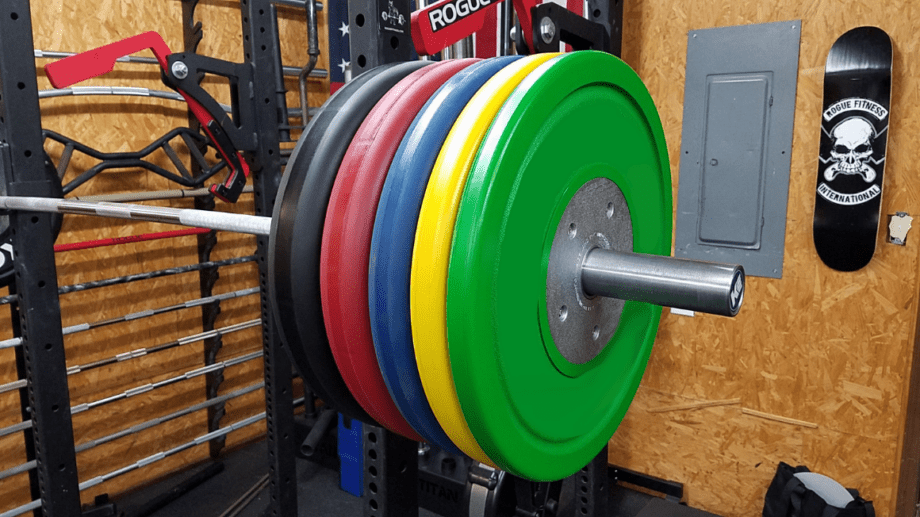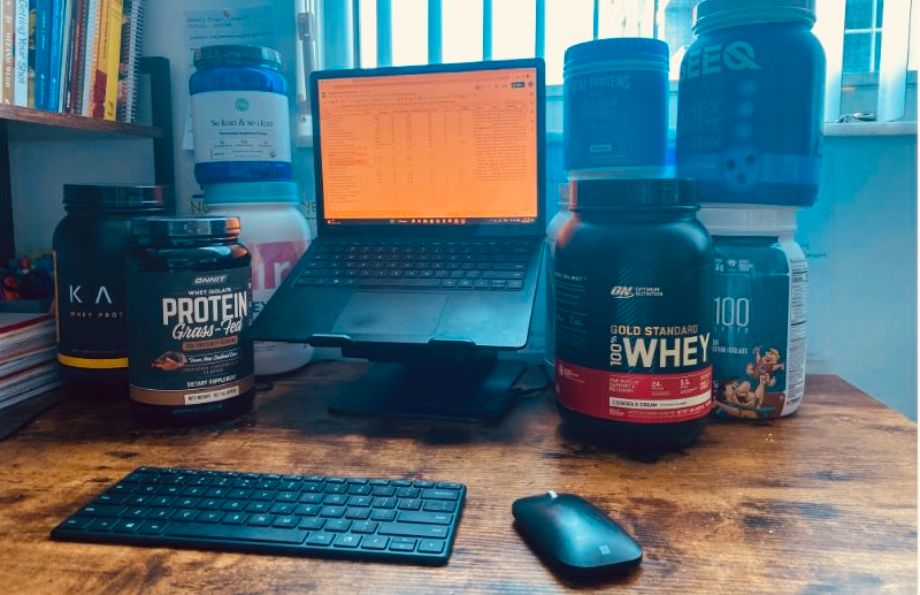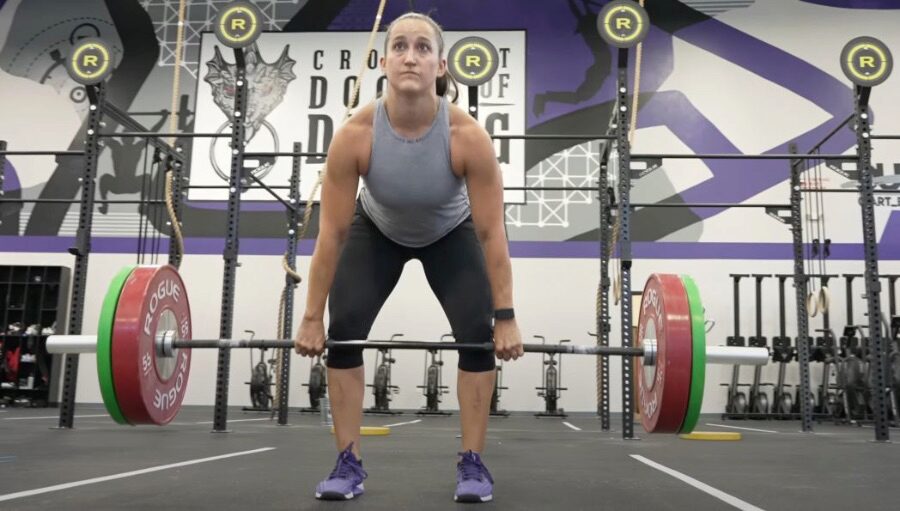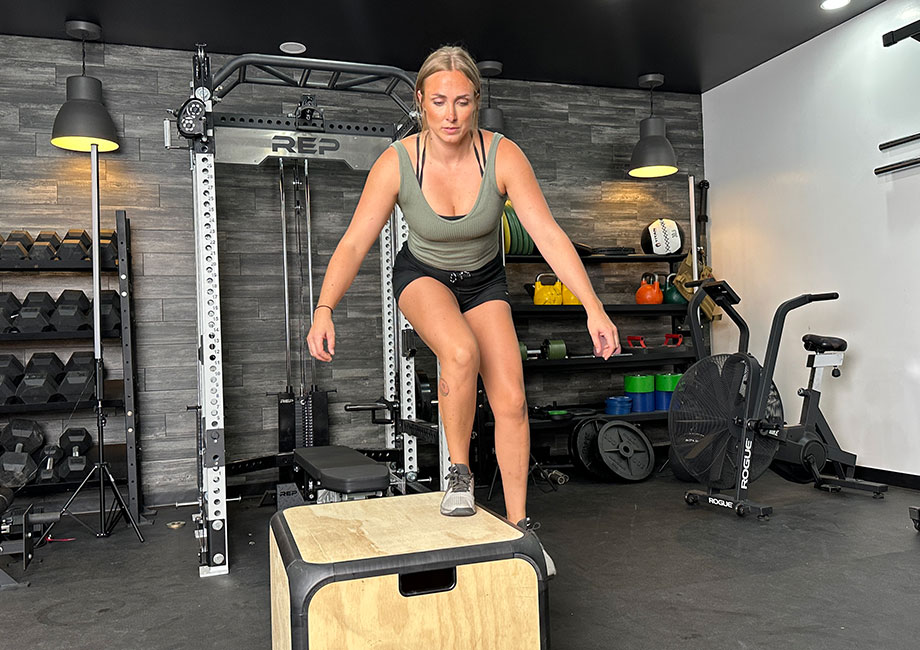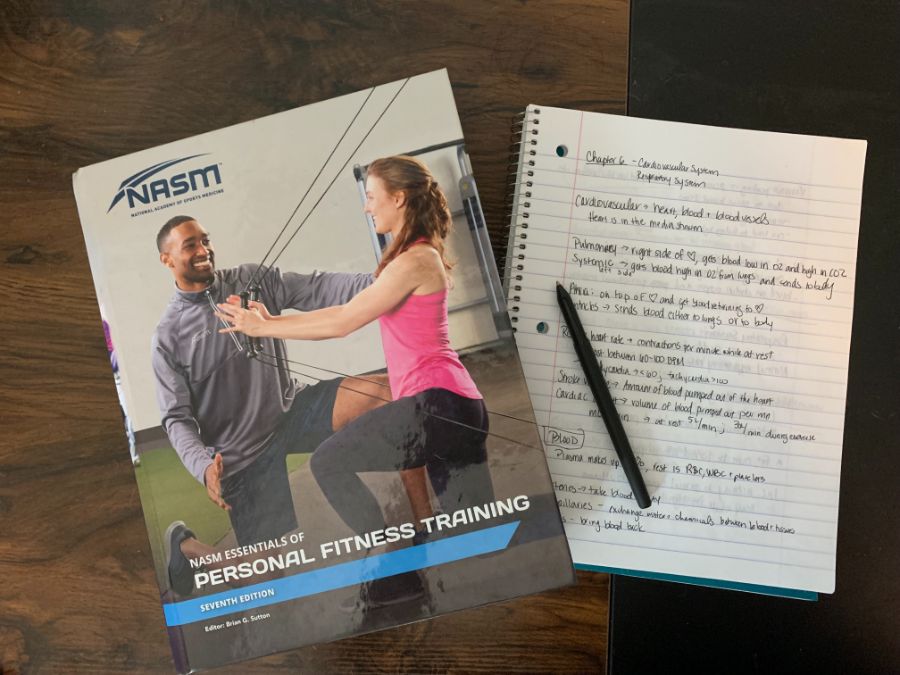To newcomers to the gym, bumper plates can have a mystical kind of allure. One can’t help wanting to load up a barbell with these large plates, some of which come in a rainbow of colors.
So what is a bumper plate, and why might it be a good option for your lifting? Let’s dive in.
What Is a Bumper Plate?
A bumper plate is a solid rubber weight with a steel core (this is what touches the barbell).
While Olympic bumper plates can, technically, can be used to load plate-loaded bodybuilding machines, they are designed for being on a barbell.
First introduced to Olympic weightlifters in the 1960’s, rubber bumper plates allowed lifters to drop weight from overhead directly onto the ground. This is something that you shouldn’t do if you are using iron or steel weight plates.
Quick science lesson: Rubber bounces, and steel does not.
Why Use Bumper Plates?
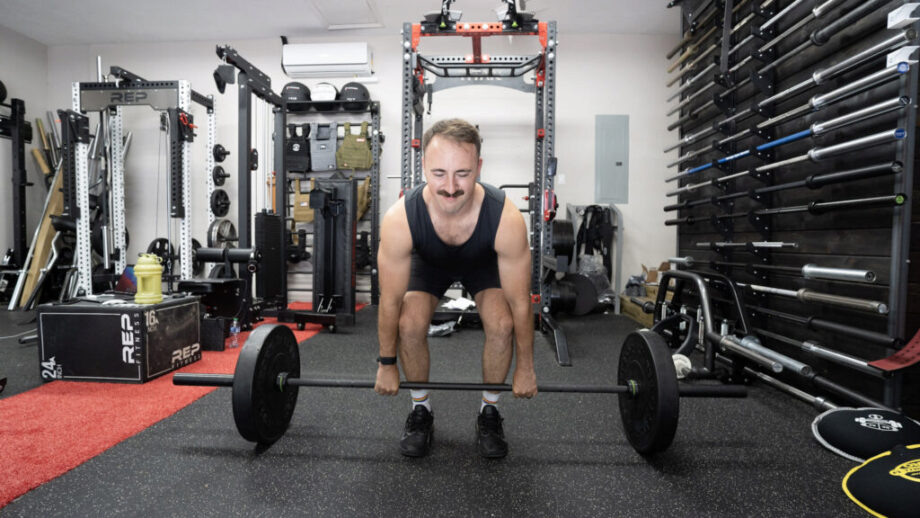
Having access to bumper plates can provide you with a very dangerous thing; choice. However, there are a few reasons this kind of weight plate may be optimal for your training.
Durability
In general, bumper plates tend to be more durable than rust-prone iron plates or crack-prone plastic plates. A bumper plate is designed to be able to be dropped. You’ll see people drag their bar and plates outside to lift on patios and gravel with bumpers because they don’t have a fear of ruining the plate.
Floor Protection
For a home gym owner, bumper plates, along with appropriate gym flooring, will save your garage’s concrete slab. The rubber absorbs shock and is much gentler on all types of flooring.
For commercial gym users, choosing to drop a bumper-plated-loaded barbell from overhead rather than a steel weight loaded barbell will save you from the owner’s wrath.
Safety
Having the ability to safely drop a barbell is great for your floors, but it’s also good for you. Why? Because sometimes, you have to bail a lift. Just ask any Olympic weightlifter who has missed a snatch or a jerk, and they will tell you that feeling comfortable with dropping a barbell is key to avoiding injury.
A Quieter Option
Sure, we love the bangin’ and clangin’ of iron plates, but if you own a home gym, you might not want all that noise. Bumper plates make far less noise during loading and movement than other plates do.
Bumper Plates vs. Competition Bumper Plates
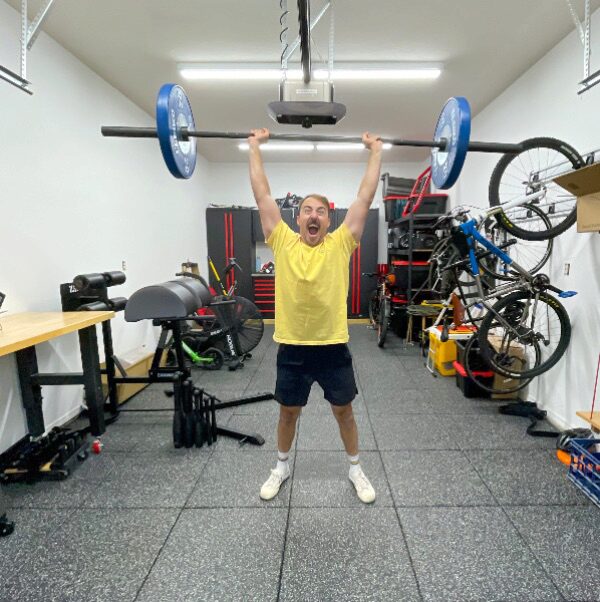
This distinction really only matters for the competitive lifter, and even then, only if you plan on climbing the ladder into more serious competition.
Tolerances
Competition plates have the tightest amount of quality control, with the best products being measured down the gram. The more affordable bumper plates you see on Amazon can vary in weight by a few pounds in either direction. It’s really not enough to mess with your training, but when world records and gold medals can be decided by a fraction of a kilo, it is important to have these tight tolerances.
Ground Reaction
Competition plates will have more of a “dead bounce” feel to them, versus a slightly more springy feel to a training plate.
The design of these, with the larger steel insert, also makes these plates more durable than training plates (although it’s like comparing the ages of dinosaur bones. One bone may be 50 million years older, but they are both from long ago enough to just be called old).
Thickness
Competition plates tend to be much thinner than training plates. For a home gym owner, it may be a false economy to invest in thick training plates if it means needing to also buy skinnier plates to deadlift big weight.
How to Pick the Best Bumper Plate for You
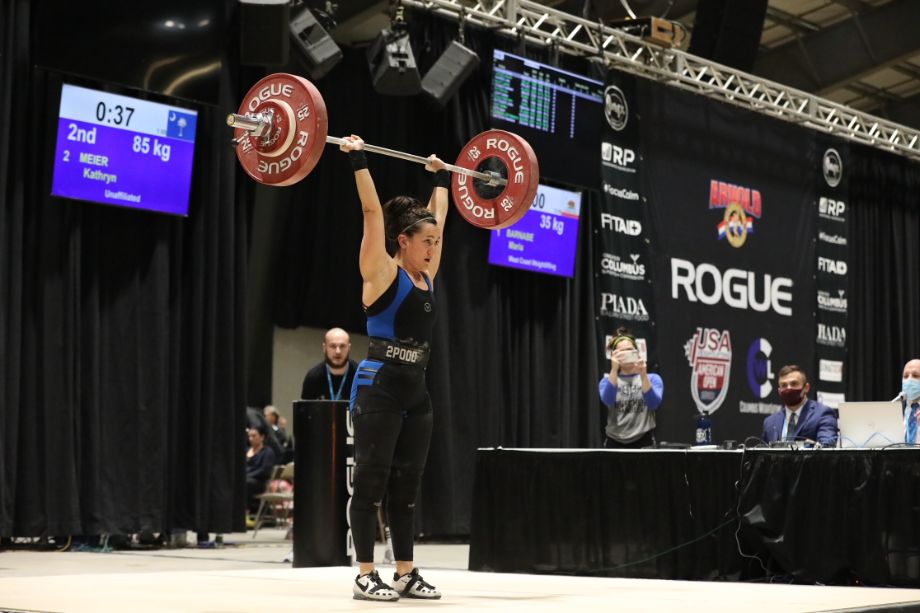
When I was new to lifting, there weren’t many options to choose from. Cracked plates were common, and you just made do. With easy online access to a bevy of online suppliers serving all levels of budgets, we are living in some new kind of bumper plate infested paradise.
Sport-Specific
If you are a serious Olympic weightlifting competitor, then choosing competition-grade plates is ideal. Train how you compete! Much ink has been spilled on the nature of theInternational Weightlifting Federation (IWF), but it is a disservice to your performance in the Olympic lifts to master them with any other type of equipment. Competition bumpers are manufactured to IWF specifications.
Home Gym Generalist
If you just need an affordable bumper plate that’s versatile, then opting for some kind of crumb rubber bumper plate could be the way to go. These are made from shredded up recycled rubber known as “crumb.” You’ll know if your gym has these by their grainy feel and tendency to bounce, rather than settle, when dropped.
These are a great alternative for someone who wants to deadlift with these weights in addition to doing power cleans. You can buy a partial bumper plate set of 45s and 25s and fill in the rest with cheap iron weight plates and keep adding 25s or 10s to the bar if you want to clean or snatch above 185 pounds.
Home gym owners will often load their deadlift bar with one set of bumper weight plates then add steel plates to get up to heavier weight. This still lets the rubber weights take some of the load off your floors while also letting you load bigger weight on the bar. (Training plates are usually super wide, which makes loading anything over 405 pounds difficult.)
Bounce Properties
Rubber density is measured by a device known as a durometer, and the density is known as the shore hardness. This is important to us when looking at bumper plates because a higher shore hardness will cause less bounce.
Almost all higher-end bumpers (including competition bumpers used in IWF meets) wil have a high shore hardness (very little bounce). The higher a bar bounces, the more opportunity there is for disaster. Harder rubber will also tend to be louder, as well as being more resistant to wear.
Price
Like your grandmother told you, you get what you pay for.
The biggest things you end up paying for with bumper plates are weight tolerances and rubber density. Having better weight tolerances means when you buy a 10-kilogram plate, you are really sure it’s 10 kilograms, not 10.2 kilograms. This doesn’t impact us much in the gym, but on a platform with medals and world records at stake, it can be a big deal.
Density means better ground interaction (as stated above), and it also means you can load more plates onto a bar. For a home gym owner, having thin, dense bumpers can mean investing in a single set of weights instead of bifurcating with steel.
Sets vs. Singles
There are two ways to go when looking at buying bumper plates: Buy just a pair or two, or purchase an entire set.
The advantages to purchasing an entire set of plates often saves you money because you’re essentially buying “in bulk,” and you have the ability to load your bar with a variety of weights. This is great for anyone who likes to have variety in the gym, and it’s essential for anyone who wants to compete.
Alternatively, you can buy just a few pairs of plates, like a pair of 25-pound plates and a pair of 10-pound plates. This gives you options for leg day and for upper-body work, and could save you money initially. Also, if you already have steel or iron Olympic plates, you might find that you only need a few bumpers to round out what you have at home.
Bumper Plates vs. Iron Plates
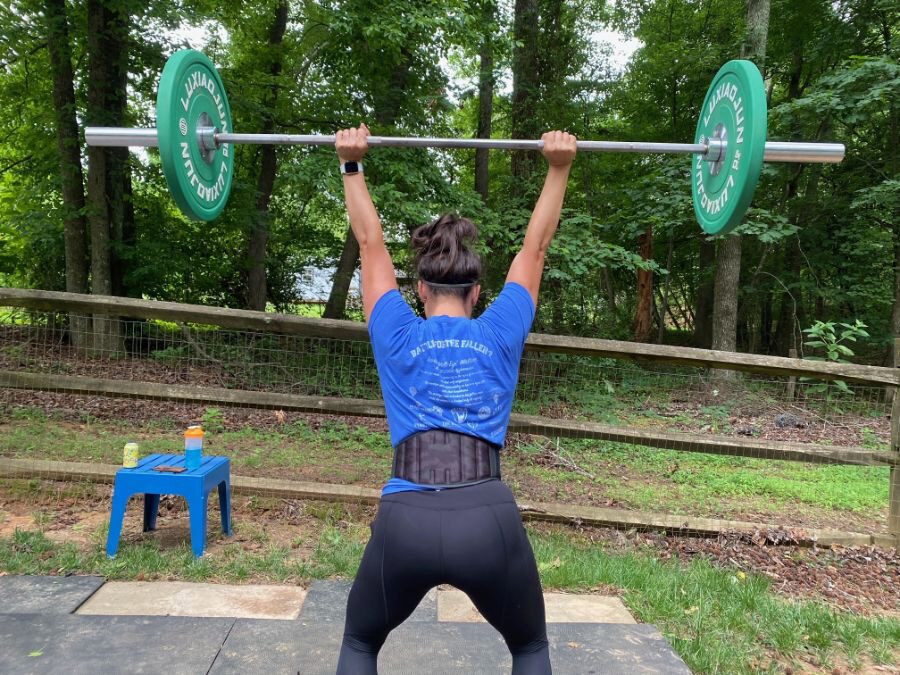
Given infinite money, I don’t see any particular benefit to owning only iron plates. However, given the profound finiteness of money and the profundity of barbells with 18 inches of space for loading weight onto the collars, iron plates do have a place in most training environments.
Durability
Bumpers are meant to be dropped, iron plates are not. Iron plates are also potentially more susceptible to corrosion, but if you’ve been around gyms for a while, you know that iron plates can live a long time.
So if you’re looking to drop plates, go with bumpers.
Identifying Weight
Both types of plates usually have clear markings on them to identify how much they weigh. After a while, you’ll be able to look at a plate and know from its size and/or thickness how much it weighs.
One advantage of bumper plates (well, the more expensive ones), is that they often come in a universal color-coded system. Aside from the stainless steel inserts contacting the collar of the Olympic barbell, the entire plate has a solid color that indicates its weight. (Well, technically the color indicates its mass, since this color code deals with kilos. Nobody has ever asked me how much force I can impart to mass in relation to the earth’s gravity.)
Keep in mind that a 20-kilogram plate actually weighs just 44 pounds, but a blue bumper plate that is marked for pounds will actually be 45 pounds. In other words, you really need to know if you’re using pounds or kilos to know the exact weight if you need to convert.
- Red: 25 kg or 55 lbs
- Blue: 20 kg or 45 lbs
- Yellow: 15 kg or 35 lbs
- Green: 10 kg or 25 lbs
- White: 5 kg (it’s rare to find a white 10-lb bumper)
Lighter weights in the Olympic color-coded system, which we call change plates, aren’t referred to as bumper plates because they have a smaller diameter.
What is a Bumper Plate: Final Thoughts
High quality bumper plates can be an upgrade over metal weight plates in a variety of workouts. They are extremely durable and make an excellent initial investment when starting a home gym.
Certain types of lifts require them, while others can be made to feel a bit more ergonomic by swapping out metal plates in favor of rubber.
What is a Bumper Plate: Q&A
What is the difference between bumper plates and regular plates?
Bumper plates go bump and regular plates go thud. CrossFit athletes and regular gym lifters can each get a lot of mileage out of having rubber bumper plates pull double duty as both bumpers and thudders.
All bumper plates will have the same diameter, so yours 45s and your 10s will each touch the ground on a deadlift. Regular steel plates have varying diameters, which can make loading cleans, rows, and deadlifts appropriately to teach a beginner.
Is it OK to bench press with bumper plates?
In the privacy of your own garage gym there is only your inner sense of truth to judge you.
In a commercial gym it’s fine as long as nobody needs them for something specific to the nature of bumper plates and your gym has a limited quantity.
It’s kind of like curling in the squat rack. Go ahead and do it as long as you’re not making a group of powerlifters wait for an open power rack.
Do I really need bumper plates?
Once you’ve used them you’re not going to want to go back unless you have to. Even on things like squats they rattle less and can help the bar feel more “fixed” in place.
This is on top of a better feel and a less damaged floor with things like bent over rows, deadlifts, power cleans, etc.
Back when I was new to lifting bumper plates were like the unicorns of gym equipment. Usually only one gym in town had them, and nobody there even knew what they were. Usually a 45lb was being used to prop up an incline dumbbell bench.
Nowadays seasoned lifters and beginners alike have access to magic things like Amazon, which will deliver bumper plates anywhere in the world. Rogue Fitness, along with CrossFit, popularized Olympic weightlifting and powerlifting to the point where bumpers are now just as common in gyms as a dumbbell rack.


